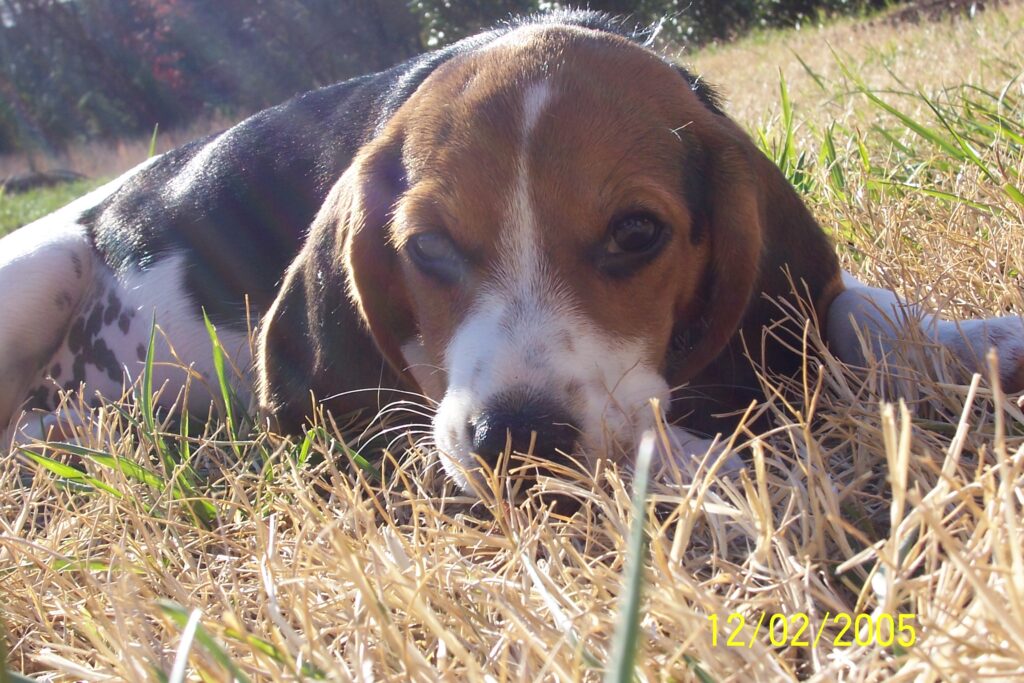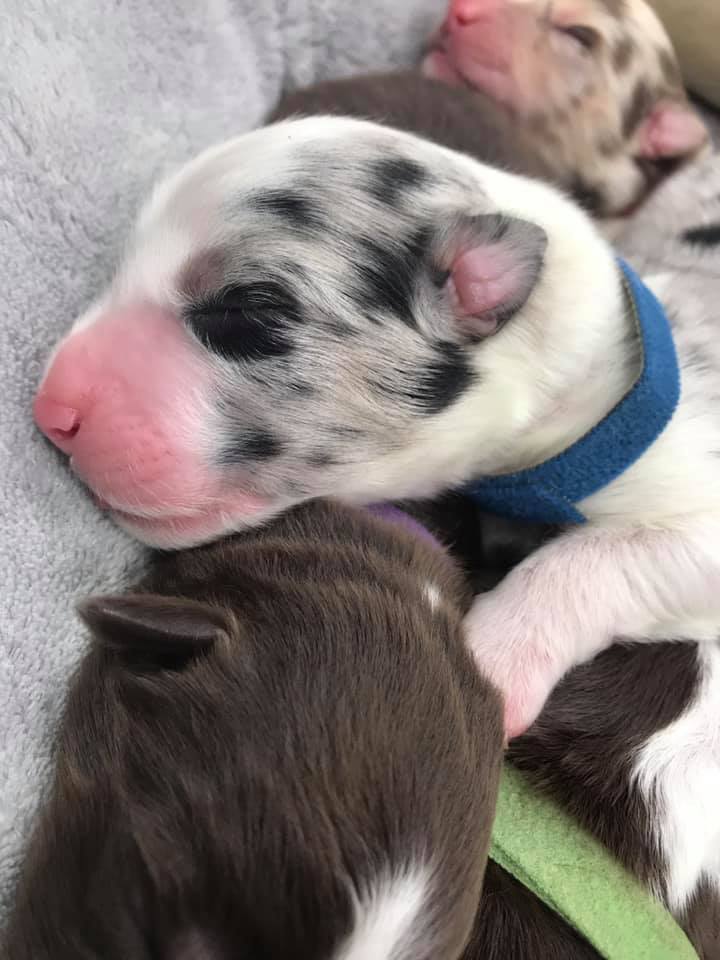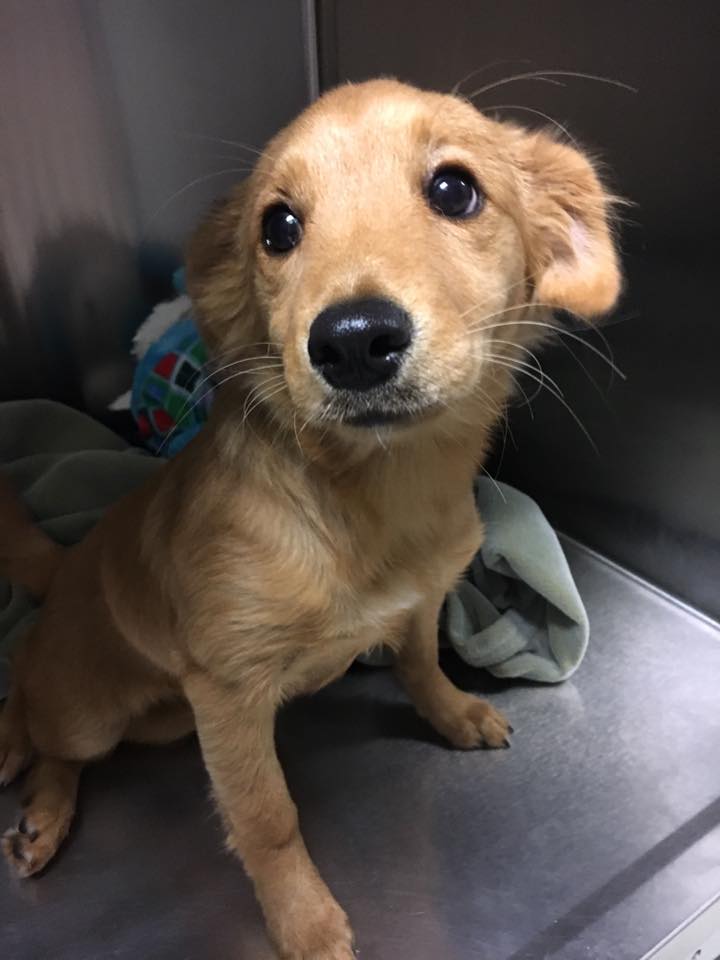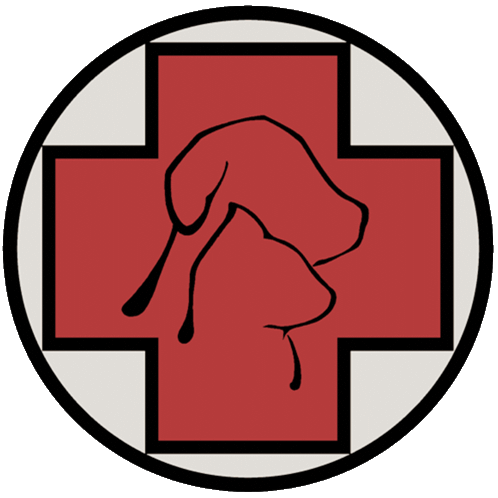Bladder Tumor
Bladder tumors can affect pets, particularly dogs and cats, and are a significant cause of recurrent or unresolved urinary tract infections. Similar to humans, diagnosing bladder tumors in pets often requires imaging tests, such as ultrasound.
The most common types of bladder tumors in pets are transitional cell carcinoma (TCC) and adenocarcinoma. TCC is the predominant type, especially in dogs, and arises from the transitional epithelial cells lining the bladder wall. Adenocarcinomas originate from the glandular cells of the bladder.
Surgical removal of bladder tumors is a common treatment approach in pets, similar to humans. However, the prognosis and suitability for surgery can vary based on the tumor’s location and type. Tumors that are easily accessible and confined to the main body of the bladder are generally good candidates for surgery.
Unfortunately, tumors located at the neck of the bladder or transitional cell tumors can be challenging to treat surgically in both humans and pets. The neck of the bladder is delicate, and surgical removal in this area can be technically demanding. Additionally, transitional cell tumors are often highly invasive and may spread to nearby structures, making complete surgical removal difficult.
Prognosis depends on factors such as the size, stage, and grade of the tumor, as well as the overall health of the pet. Outcomes can vary, with more favorable results in the early stages and with smaller tumors, while advanced tumors that have spread to other organs may have a more guarded prognosis.
Our team of veterinarians has extensive experience in the surgical treatment of bladder tumors, both small and large. Most pets do well following the procedure, and once we determine the type of tumor, we can guide you on the next steps for your pet’s care.
$1,200 -$1,800
Bloat / Stomach Torsion
Bloat of the stomach is a serous condition requiring emergency surgery, and timing is of upmost importance for a successful outcome. If surgery not performed the prognosis is grave.
When a dog bloats, it’s stomach fills with gas and fluid. As the process progresses, the stomach twist and gas can not escape and it continues to build up. If surgery is not performed to decompress the stomach, correct the bloat, and torsion the stomach and spleen blood supply becomes compromised, this leads to often to death of the tissues and potential rupture of the stomach.
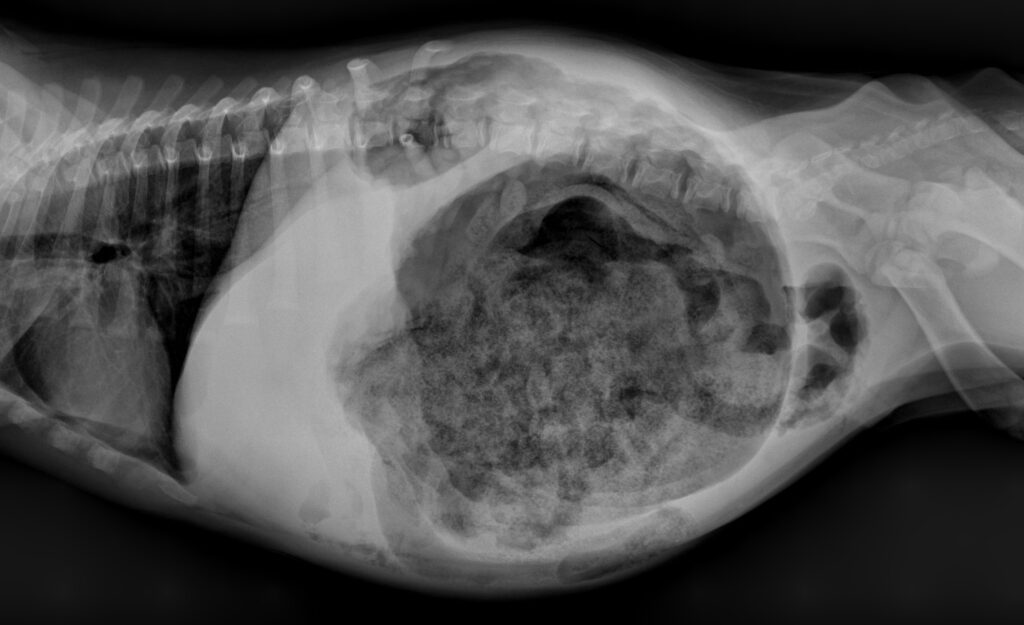
$1,500 – $2,000
C-Section
A cesarean section (c-section) is a procedure of urgency. We do not perform scheduled C-sections, as breading dates and actual due dates can be hard to determine.
Performing a C-sections even a day early can have major consequences on puppy or kitten survival. We only perform c-sections when the pet is actively in labor and has been unable to produce a puppy or kitten.
We also only perform C-sections with Ovarian Hysterectomy ( OVH ) also known as a spay. As a affordable alternative practice we do not provide C-section procedures in pets intended for breeding. Our goal is to maximize the survivability of the mother. We will make all attempts to resuscitate puppies or kittens but our focus is to help the mother with her difficult labor.
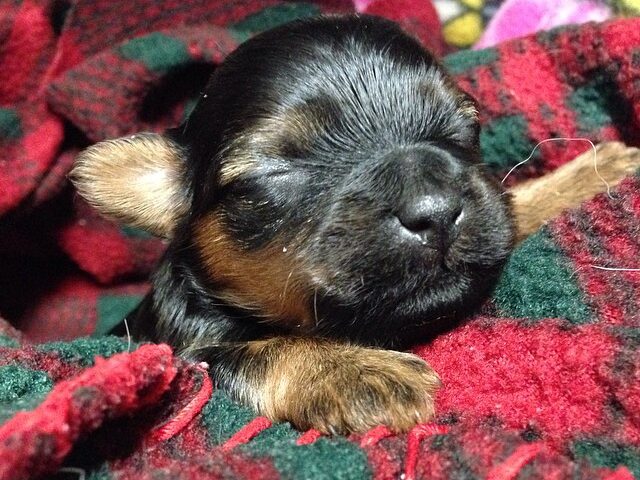
Feline – $500 – 850
Canine- $950 – $1,200
Cholecystectomy ( Gall Bladder Removal )
Cholecystectomy, also known as gall bladder removal, is a surgical procedure performed on pets to remove the gall bladder. The gall bladder is a small organ located near the liver, and its main function is to store bile, a substance produced by the liver that aids in the digestion of fats. While the gall bladder plays an important role in the digestive process, it is not an essential organ, and pets can lead healthy lives without it.
Cholecystectomy is typically recommended in pets when there are specific medical conditions or issues affecting the gall bladder. Some of the common reasons for gall bladder removal in pets include the presence of gallstones, gall bladder inflammation (cholecystitis), or the development of tumors or polyps in the gall bladder. These conditions can lead to various symptoms such as abdominal pain, vomiting, loss of appetite, and jaundice.
Following cholecystectomy, pets typically require a period of recovery and post-operative care. Pain medication may be prescribed to manage any discomfort, and a special diet may be recommended initially to aid in the adjustment to the absence of the gall bladder. Most pets recover well from the surgery and can resume their normal activities within a few weeks.
Overall, cholecystectomy in pets is a relatively common surgical procedure performed to address specific conditions affecting the gall bladder. With proper veterinary care and post-operative management, pets can recover successfully and continue to enjoy a good quality of life even without their gall bladder.
$1,200.00 -$1,800.00
Cryptorchid Neuter
Cryptorchidism is a condition of male dogs where one or both testicle have not descended into the scrotum. Contrary to common belief, it is rare that testicles will descended as a puppy gets older. If a puppy is determined to be cryptorchid during there puppy visits it likely will not resolve. These pets should not be used for breading, and undescended testicles are at high risk for developing cancer. These factors make it imperative these pets are neutered.
If undescended testicles are not obviously found on exam we perform an abdominal exploratory to identify the location of undescended testicles. Depending on where the testicle is located this may result in multiple incisions.
Pets will be discharged the afternoon of the procedure, but your welcome to leave your pet to rest with us overnight at no additional fees.
$450-650
Cystotomy
Cystotomy is an abdominal surgery to remove bladder stones. There are several types of stones that can develop in a pet. In some cases bladder stones may also have caused a urinary blockage. If the pet has developed a blockage surgery to relieve the blockage is urgent. Untreated a urinary blockage can result in a ruptured bladder or kidney failure.
If your pet has been diagnosed with bladder stones but not yet blocked it is a ticking time bomb, and those stones could result in a blockage at any time.
The stones retrieved will be submitted to a research laboratory to determine their type. We will forwarded those results to your family veterinarian to discuss long term maintenance and rechecks. Stone analysis may take 4-6 weeks to be completed.
We highly encourage your family veterinarian culture a sample of urine for infection before surgery. If not done we can do so at the time of surgery for an additional fee.
$950.00 -$1,200
Exploratory Laparotomy
When a clear diagnosis is not clear, and exploratory laparotomy can be performed. The attempt is to visually inspect all major abdominal organs, identify any infections, gastrointestinal foreign bodies, or neoplasia / tumors.
This procedure holds the most unknowns as we often are not sure if what we find, if anything, is fixable. In the event no obvious pathology is found biopsies will be obtained form any organ of concern. You will have the opportunity to have us submit those biopsies for lab testing (additional fees apply for each histopathology site).
If we find a problem we can fix, we will proceed with the appropriate surgical intervention after consulting with you by phone. So it is imperative you be available to take our call when we reach out to you.
If what we find is not treatable we will consult with you how you like to proceed.
Exploratory Only- $950
Exploratory with Surgical Treatment- $1,200 -$1,500
Foreign Body Removal
Foreign Body Removal from the intestine or stomach are very common. Usually before surgery the diagnosis has been made, or suspected by radiography and/ or ultrasound.
We will perform an abdominal exploratory and remove any foreign bodies found. This could result in multiple incisions through the gastrointestinal tract, and even removal of any dead small bowel. The prognosis will depend on where the foreign body is found, how long it has been there, and what damage may have been caused.
Feline $ 950
Canine $950.00 -$1,500
Inguinal Hernia Repair
Inguinal hernias can be of great concern. If small bowel or the bladder fall into the hernia blockages and major life threatening problems can occur. They are best repaired before that happens.
If needed the pet can also be Spayed or Neutered at the same time as a hernia repair for a modest additional cost.
One Sided Repair- $750
Two Sided Repair- $950
Perineal Hernia Repair
Perineal hernias are very problematic, as the hernia allows organs such as the colon, and bladder to become entrapped. This can cause difficulties in urination and deification. If entrapment of organs occur, it is imperative surgery is performed as soon as possible. If the dog is not neutered at the time of repair it will need to be neutered to slow the progression of the opposite side herniating as well. The opposite side is at high risk of herniation at a later time. Un-neutered males will need to be castrated at the time of surgery as well, as this disorder is related to changes in sex hormones as the pet gets older.
Repair of a perineal hernia is challenging. Though our doctors have had great success at repair, reported complications and failure of the repair is reported in 10-15% of cases within a year.
$1,500 – $1,800
Nephrectomy ( Kidney Removal )
Nephrectomy is a surgical procedure that involves the removal of a kidney, typically performed to address various health conditions in dogs and cats.
There are several reasons why a nephrectomy may be recommended for your furry friend. One common indication is the presence of a kidney tumor or cancer, which can severely compromise kidney function and overall well-being. Other situations where nephrectomy might be necessary is when a kidney becomes severely damaged or dysfunctional due to trauma, infection, a congenital abnormality, hydronephosis, where urine has built up in the kidney from blockages of the urinary system. In these instances, removing the affected kidney can help alleviate pain, prevent further complications, and improve your pet’s quality and length of life.
At VetSurgical, we prioritize the safety and comfort of your pet throughout the entire process. Our veterinarians employ advanced surgical techniques and state-of-the-art equipment to ensure precise and minimally invasive procedures. We utilize thorough preoperative assessments, including blood work and imaging studies, to evaluate your pet’s overall health and customize an appropriate treatment plan.
If your pet requires nephrectomy or if you have any questions about the procedure, our dedicated veterinary professionals are here to provide you with the guidance and support you need.
Removal of a kidney is a major procedure. As such we will perform radiographs, blood work, and ultrasound. Those are included in the cost of the procedure. If we find the other kidney is affected by polycystic kidney disease we will not proceed with the procedure, as removing a kidney while the other is unhealthy is just not possible to do safely.
Typically we will need to remove an kidney for hydronephosis, where urine has built up in the kidney, problematic kidney stones, or neoplasia.
$1,500.00 -$1,800.00
Portal Systemic Shunt ( Liver Shunt )
A Portal Systemic Shunt ( PSS ) can be found at any age but most commonly discovered in young dogs. The blood of the intestinal tracts are shunted around the liver, so toxins can not be removed form it. These toxin accumulate in the blood and make the pet ill.
Single shunts are common, but multiple shunts are possible. After blood test confirm the likely hood of a PSS we can offer an exploratory to attempt to identify and ligate common single shunts in young dogs. As older dogs more likely develop multiple liver shunts form liver disease we do not accept older pets for this procedure. They should be evaluated to confirm the nature of their shunts and prognosis.
$950 – $1,500
Pyometra ( Infection of the Uterus )
Pyometra is a serious and potentially life-threatening condition that commonly affects female pets, especially dogs and cats. It refers to the accumulation of pus in the uterus, typically resulting from a bacterial infection. If left untreated, pyometra can lead to severe complications and even death.
Pyometra is primarily caused by hormonal changes in the reproductive tract of intact female pets. The elevation in progesterone levels during the heat cycle creates an ideal environment for bacterial growth. Bacteria can easily enter the uterus through the cervix, leading to an infection. The most common bacteria involved are Escherichia coli (E. coli) and Streptococcus spp.
Pyometra is considered an emergency situation due to its potential to rapidly worsen. If you notice any of the following symptoms in your pet, it is crucial to seek immediate veterinary attention:
- Vaginal discharge (often pus-like or bloody)
- Increased drinking and urination
- Lethargy and decreased appetite
- Vomiting or diarrhea
- Abdominal pain or distension
- Frequent or unsuccessful attempts to urinate
Surgery is the primary treatment for pyometra and is typically performed as an emergency procedure. The veterinarian will first stabilize the pet’s condition, ensuring proper hydration and managing any accompanying complications. The surgery, called an ovariohysterectomy or spay, involves the removal of the uterus and ovaries.
During the surgery, the pet is placed under general anesthesia, ensuring they are unconscious and pain-free throughout the procedure. The veterinarian makes an incision in the abdominal wall and carefully removes the infected uterus and ovaries. The surgical site is then closed with sutures or staples. Throughout the surgery, the veterinary team closely monitors the pet’s vital signs and administers appropriate pain medications.
Recovery Process: The recovery process following pyometra surgery requires close monitoring and attentive post-operative care. Here are some key aspects to consider:
- Hospitalization: After surgery, your pet may need to stay at the veterinary hospital for a few days. This allows the veterinary team to monitor their vital signs, administer medication, and provide any necessary pre and post-operative treatments.
- Pain Management: Proper pain management is crucial during recovery. The veterinarian may prescribe pain medication to keep your pet comfortable.
- Restricted Activity: During the healing process, your pet should avoid excessive activity, jumping, and running. Restricting their movement will promote proper wound healing and minimize the risk of complications.
- Antibiotics: In some cases, your pet may be prescribed antibiotics to prevent or treat any lingering infections.
- Follow-up Examinations: Follow-up examinations are essential to monitor your pet’s progress. The veterinarian will assess the incision site, remove sutures or staples when necessary, and ensure that the recovery is proceeding as expected.
Pyometra is a serious condition that requires immediate veterinary attention. Recognizing the signs of pyometra and seeking prompt treatment can save your pet’s life. Surgical intervention in the form of an ovariohysterectomy is typically the recommended treatment. Following the surgery, providing proper post-operative care and closely monitoring your pet’s recovery will help ensure a smooth healing process. Remember, regular spaying of female pets can prevent pyometra and offer numerous health benefits. Consult with your veterinarian for guidance on the best approach to maintain your pet’s well-being.
Feline- $950
Canine- $950.00 -$1,200
Splenectomy
Splenectomy, the surgical removal of the spleen, is a common procedure performed in pets to address various spleen pathologies. The spleen plays a vital role in filtering blood, fighting infections, and regulating red blood cell production. However, certain conditions can affect the spleen, necessitating surgical intervention.
There are several common causes of spleen pathology in pets. One of the primary reasons is the development of tumors or masses within the spleen. These tumors can be either benign or malignant, with malignant tumors being more concerning due to the potential for cancer spread. Hemangiosarcoma, a malignant tumor originating from blood vessels, is a particularly prevalent form of spleen cancer in dogs. Other causes of spleen pathology include hematoma (a collection of blood) due to trauma or ruptured blood vessels, infection, immune-mediated disorders, and splenic torsion (twisting of the spleen on itself).
When faced with spleen pathology complete splenectomy is often recommended. This procedure involves the removal of the entire spleen.
After the spleen is removed, it is typically sent for histopathological examination. This examination provides detailed information about the nature of the removed spleen, allowing for accurate diagnosis and appropriate treatment planning. Histopathology can determine whether the tumor is benign or malignant, the specific type of malignancy if present, and if the tumor might have spread to other areas.
Statistics indicate that a significant percentage of spleen masses in pets are found to be benign rather than neoplastic. This highlights the importance of removing the spleen and conducting histopathology to obtain an accurate diagnosis. For benign masses, the surgery itself often provides a curative solution, and further treatment may not be necessary.
Following splenectomy, the pet’s recovery period will vary depending on several factors, including the overall health of the animal and the extent of the surgical procedure. Most pets will require hospitalization for a few days to ensure proper post-operative care, pain management, and monitoring for any complications. Pain medications, antibiotics, and supportive care are typically provided to aid in the healing process.
During the recovery period, it is crucial to closely follow the veterinarian’s instructions regarding post-operative care, medication administration, and activity restrictions. Regular follow-up visits will be scheduled to monitor the pet’s progress, assess healing, and address any concerns that may arise.
We highly recommend that spleens be sent to the lab to determine if they are cancerous. Additional histopathology fees apply. Even though all spleens with tumors should be removed, they are not all cancerous. It is not uncommon for spleen masses to be benign problems, like a bruise, or a non cancerous tumor.
We highly encourage all owners to consider spleen removal and testing before considering euthanasia for stable pets as a fair percentage of spleen masses are benign and surgery is curative.
$1,200.00 -$1,800.00
Stomach Tacking
Gastropexy ( Stomach Tacking) is a preventive surgical procedure that is highly beneficial for large breed deep-chested dogs at risk for a condition known as bloat, or gastric torsion. Bloat is a serious and potentially life-threatening condition where the stomach fills with gas and twists upon itself, leading to restricted blood flow and potential damage to vital organs. Dogs with deep chests, such as Great Danes, German Shepherds, Doberman Pinschers, and Boxers, are particularly susceptible to this condition.
To address this risk, veterinarians often recommend gastropexy, which involves attaching the stomach to the abdominal wall to prevent it from twisting. By securing the stomach in place, gastropexy greatly reduces the likelihood of gastric torsion occurring, thus mitigating the associated risks and potential complications.
The procedure itself is relatively simple, yet its benefits can be significant. Gastropexy can be performed either during a spay or neuter surgery or as a standalone procedure. While performing gastropexy at the time of a spay or neuter is often preferred due to the convenience of having the dog already under anesthesia, it is not mandatory. It can be done as a separate surgery at any point in a dog’s life.
During the gastropexy procedure, the veterinarian will make a small incision in the abdomen and identify the stomach. The stomach is then sutured or attached to the inner abdominal wall, securing it in place. This attachment prevents the stomach from rotating or twisting, reducing the risk of bloat.
By opting for gastropexy, dog owners can significantly lower the chances of their beloved pets experiencing a gastric torsion episode. While the procedure does not entirely eliminate the possibility of bloat, it provides a crucial preventive measure that can make a substantial difference in the well-being and longevity of at-risk dogs.
It is important to consult with a qualified veterinarian to determine whether gastropexy is appropriate for your specific dog. They can evaluate your dog’s breed, size, medical history, and other relevant factors to help you make an informed decision. Remember, prevention is always better than dealing with a potentially life-threatening condition, and gastropexy offers an effective way to protect your furry friend from the risks associated with gastric torsion.
At Time of Spay- Cost of Spay Plus $375
At Time of Neuter- Cost of Neuter Plus $450
With Out Spay or Neuter- $950.00 -$1,200
Click here for Spay and Neuter Pricing
Vaginal Prolapse & Spay
Vaginal prolapse, also known as vaginal hyperplasia, is a condition that can occur in female pets, particularly dogs. It is characterized by the protrusion of the vaginal tissue outside of the body, which can be uncomfortable and potentially lead to complications if left untreated. Understanding the common causes, treatment options, and preferred methods of surgical intervention can help in managing this condition effectively.
Vaginal prolapse in pets can be caused by a variety of factors, including:
- Estrogen influence: Female animals that have not been spayed or have recently come into heat may experience hormonal imbalances that contribute to vaginal hyperplasia.
- Increased intra-abdominal pressure: Conditions such as chronic constipation, obesity, or straining during urination can lead to increased pressure on the vaginal tissues, resulting in prolapse.
- Trauma or injury: External injuries to the vaginal area or vigorous mating can potentially cause the vaginal tissue to protrude.
When it comes to treating vaginal prolapse in pets, there are several options to consider, depending on the severity of the prolapse and the underlying cause:
- Conservative management: Mild cases of vaginal prolapse can sometimes be treated through gentle manual reduction and the use of anti-inflammatory medications to reduce swelling. This approach is typically attempted in cases where the prolapse is not too severe and the underlying cause such as trauma can be resolved.
- Surgical intervention: In many cases, surgery is the most effective treatment for vaginal prolapse. The preferred surgical approach is usually an ovariohysterectomy (OVH), also known as spaying. This procedure involves removing the uterus and ovaries, eliminating hormonal influences and preventing future episodes of prolapse.
Ovariohysterectomy (OVH) is the preferred surgical option for treating vaginal prolapse in pets. The procedure involves removing the uterus and ovaries, which not only addresses the immediate issue but also eliminates the risk of future hormonal imbalances and reproductive complications. OVH is performed under general anesthesia by a veterinarian and requires a period of post-operative recovery.
During the recovery period, it is essential to follow your veterinarian’s instructions to ensure your pet’s successful recuperation. Some common post-surgical care guidelines may include:
- Restricting activity: Your pet should have limited physical activity, including running, jumping, and strenuous exercise, for a specified period to avoid complications and allow proper healing.
- Medications: Your veterinarian may prescribe pain medications and antibiotics to manage pain, prevent infection, and promote healing.
- Post-operative monitoring: Regular follow-up appointments will be necessary to monitor your pet’s progress, remove any stitches, and ensure that the prolapse does not recur.
- Preventive measures: Spaying your pet not only addresses the current prolapse but also helps prevent future episodes and other reproductive complications.
It’s crucial to consult with your veterinarian promptly if you suspect your pet has a vaginal prolapse. They will assess the severity of the condition, determine the underlying cause, and recommend the most appropriate treatment option, which may include OVH surgery if necessary. Remember, early intervention and proper management lead to the best outcomes for your pet’s health and well-being.
$950.00-$1,200.00
Stomach Tumor
Stomach tumors in pets can be a distressing diagnosis for pet owners. These tumors can affect both dogs and cats, and understanding the different types of stomach tumors, available surgery options, and potential outcomes can help in making informed decisions regarding treatment. Tumors of the stomach may be identified by ultrasound, other imaging, or on exploratory surgery. The location and size of the tumor will determine if we are able to remove it.
Common Types of Stomach Tumors:
- Gastric Adenocarcinoma: This is the most prevalent type of stomach tumor in pets. Gastric adenocarcinomas arise from the glandular cells lining the stomach and can be aggressive. They often metastasize to other organs, making early detection crucial.
- Gastrointestinal Stromal Tumors (GISTs): GISTs are rare but can occur in the stomach. These tumors arise from the specialized cells of the gastrointestinal tract and can be benign or malignant. Some GISTs may require targeted therapy in addition to surgery for optimal management.
- Lymphoma: Although lymphoma typically affects lymph nodes, it can also involve the stomach. Gastrointestinal lymphoma may be primary (limited to the stomach) or secondary (spread from other sites). Treatment may involve surgery, chemotherapy, or a combination of both.
The choice of surgery depends on various factors, such as the tumor type, size, location, and overall health of the pet. The following surgical options are commonly considered for stomach tumors in pets:
- Gastrectomy: In cases where the tumor is localized and hasn’t spread, a partial or complete removal of the affected portion of the stomach may be performed. The remaining healthy tissue is then reconnected to maintain gastrointestinal continuity.
- Tumor Resection: If the tumor is small and accessible, a surgical procedure known as tumor resection may be performed. This involves removing the tumor while preserving as much healthy stomach tissue as possible.
- Palliative Surgery: In some situations where the tumor is advanced and not amenable to complete removal, palliative surgery may be considered. The goal of palliative surgery is to alleviate symptoms, improve quality of life, and enhance the pet’s comfort.
The outcomes of stomach tumor surgery in pets depend on various factors, including tumor type, stage, and the overall health of the pet. While every case is unique, surgery, when combined with appropriate postoperative care and sometimes additional treatments like chemotherapy or radiation, can offer several potential outcomes:
- Complete Remission: In cases where the tumor is detected early, completely removed, and there is no evidence of metastasis, complete remission is possible. Regular follow-up visits and monitoring are important to detect any signs of recurrence.
- Prolonged Survival: Even when complete removal of the tumor is not achievable, surgery may still offer the potential for prolonged survival by reducing tumor burden and improving the pet’s quality of life.
- Palliation of Symptoms: In situations where the tumor is advanced and curative treatment is not feasible, palliative surgery can help alleviate symptoms such as pain, vomiting, or gastrointestinal obstruction, improving the pet’s overall well-being.
It’s important to note that each case is unique, and outcomes can vary. Consultation with a veterinarian who specializes in surgical oncology is essential to determine the best course of action for your pet.
Stomach tumors in pets require careful evaluation and individualized treatment plans. Understanding the common types of stomach tumors, available surgical options, and potential outcomes can assist pet owners in making informed decisions in collaboration with their veterinary team. Early detection, appropriate surgery, and comprehensive postoperative care can
$1,200.00 -$1,500.00
